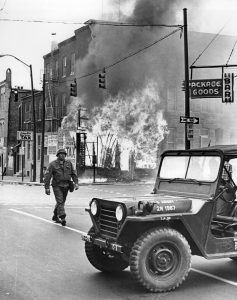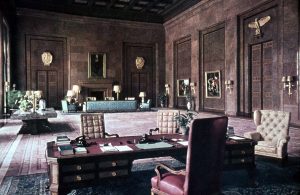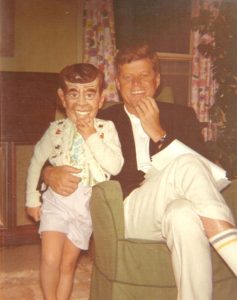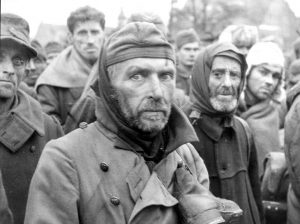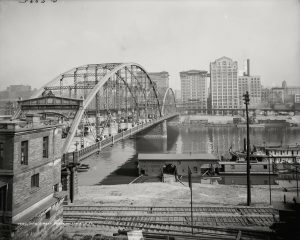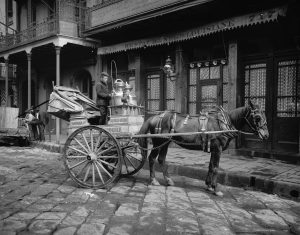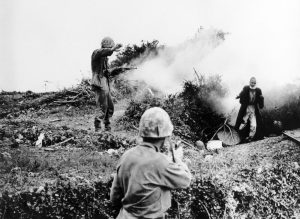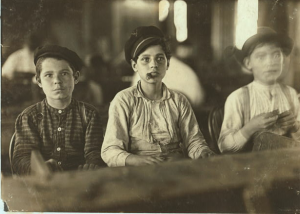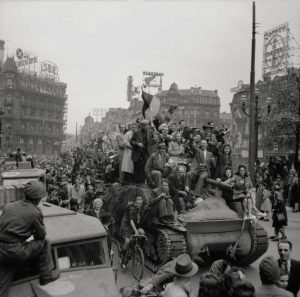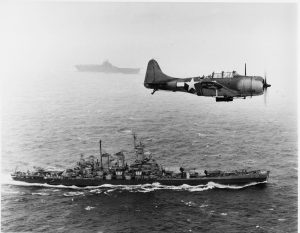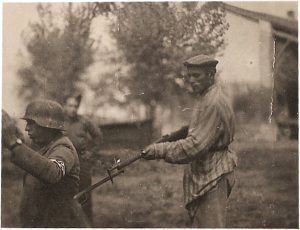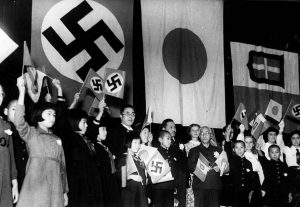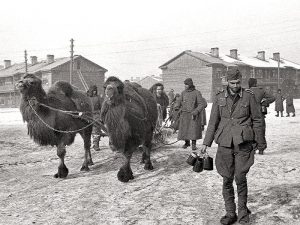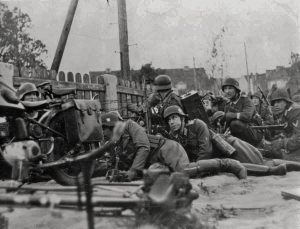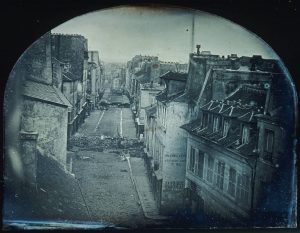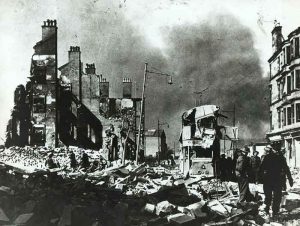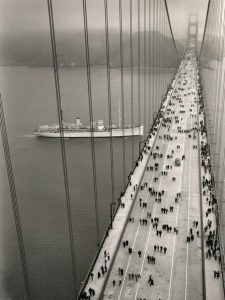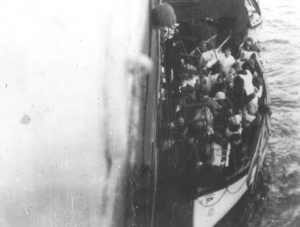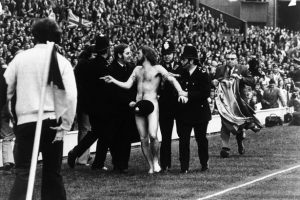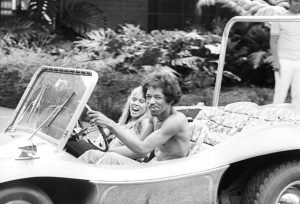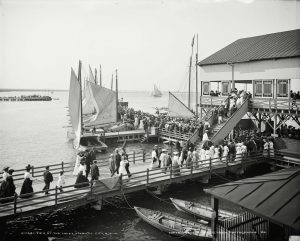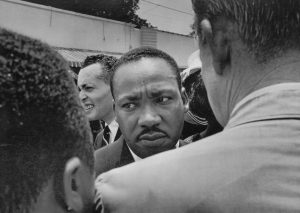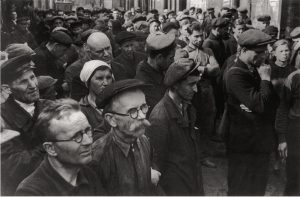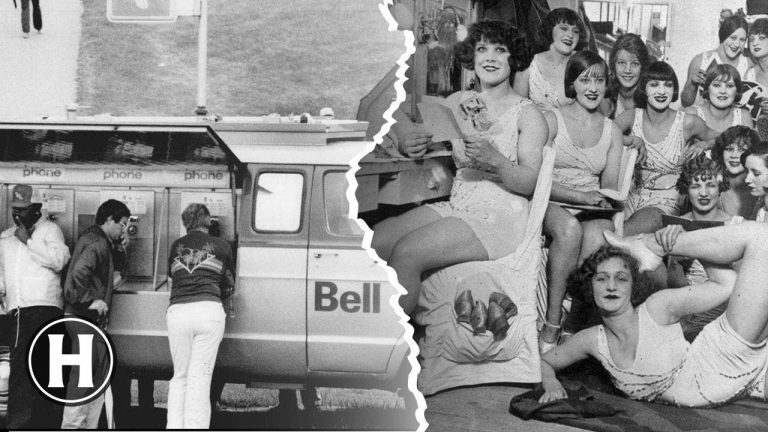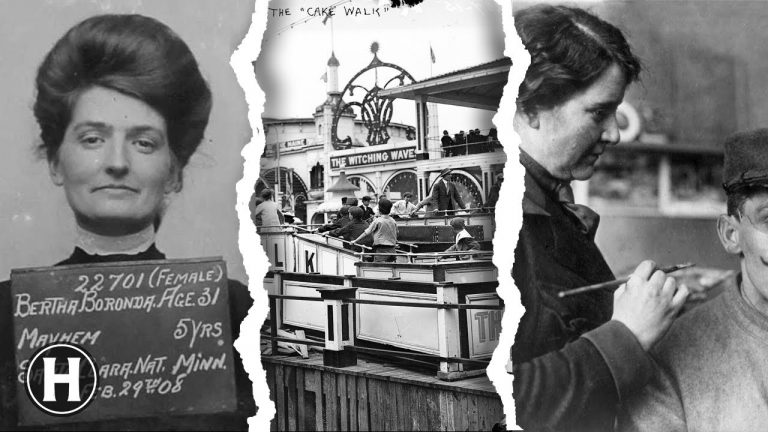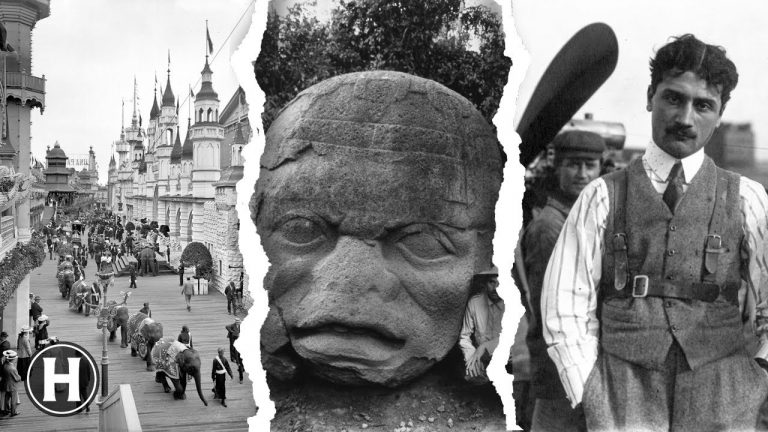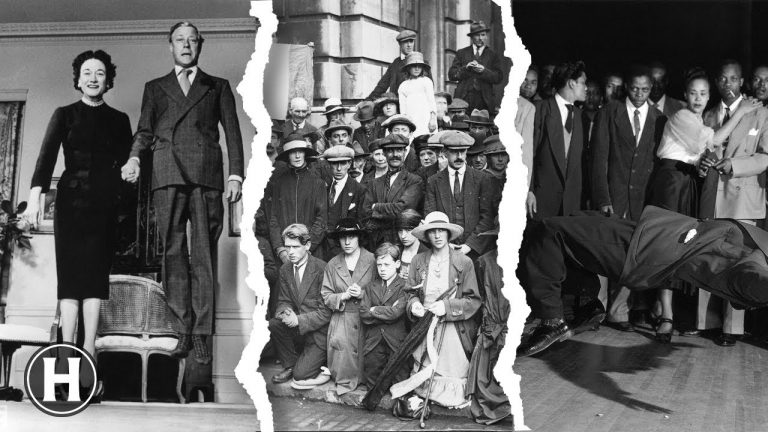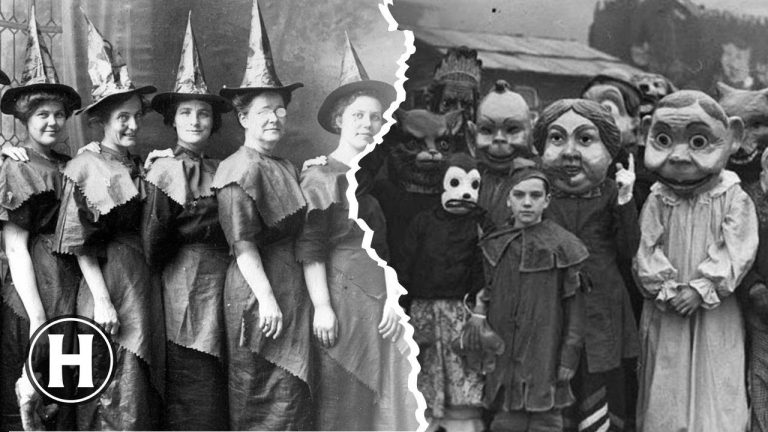Traverse together through the epic journey of remarkable historical events; from a misplaced map of California in 1720, bustling streets of New York’s 1909, to the heroic defiance symbolized by Tank Man in 1989. Witness war scenes, glimpse into high-profile personalities’ lives, and relive monumental triumphs.
California: Island (1720)
In the 1720s, many explorers and cartographers believed California to be an island due to the inaccuracies in mapping techniques of that time. This is reflected in numerous maps from that era, a unique historical curiosity.
NY’s 11th Ave, 1909 (1909)
A false color image of New York’s 11th Avenue in 1909 would be a digitally-enhanced version of a black and white image. It could bring alive the vibrancy and energy of this bustling urban avenue over a century ago, highlighting the architectural and historical details.
B-29 Crash on Iwo Jima (1945)
The B-29 Superfortress that crash-landed on Iwo Jima in 1945 was part of a mission Operation Meetinghouse, considered the single deadliest air raid in history. Its crash landing showcased the strategic value of capturing Iwo Jima, as a safe landing spot.
Herald Square: 34th, Broadway, 6th Ave (1907)
In 1907, Herald Square was a hub of activity with horse-drawn carriages, early automobiles, and pedestrians bustling. The 6th Avenue elevated train, notable in the scene, was a key NYC transport feature from 1878 to 1938.
Execution of Gen. Dostler (1945)
Anton Dostler was the first German general to be executed by the Allies after WWII. He was found guilty of war crimes involving the murder of 15 captured US soldiers during the Italian Campaign. His trial set a precedent for the Nuremberg trials.
Royal Navy MTB Patrol (1945)
In Feb 1945, British Royal Navy motor torpedo boats patrolled between Sezi & Genoa. Effective against larger warships, these boats fulfilled crucial roles in defense, rescues, and strike missions, embodying pivotal WWII maritime guerilla warfare technology.
Manhattanville and Mt. St. Vincent (1862)
Manhattanville, in 1862, was a significant site during the American Civil War. At the north end of Central Park, it housed the famous Elm Park, which was initially used for entertainment, later converted into a military drill and parade ground.
“Tank Man: An Iconic Moment (1989)”
“Tank Man” is an unknown protester who on June 5, 1989, stood in front of a column of Chinese tanks leaving Tiananmen Square. An alternative angle shot by photographer Terril Jones shows the danger Tank Man was actually in from a ground level perspective.
King Christian X & Kids (undated)
Despite the myth, King Christian X of Denmark never wore the Jewish Star of David as a symbol of resistance during WWII. His daily horse rides, however, became an iconic symbol of Danish sovereignty and defiance.
Collins Prepares for Return (7/21/66)
During this mission, Michael Collins became the first person to perform two spacewalks. Gemini 10 also marked the first time an orbiting spacecraft had docked with two separate objects in space.
Thích Quảng Đức Monument (1963)
The Monument to Thích Quảng Đức in Vietnam immortalizes the Buddhist monk’s self-immolation in 1963, a potent protest against the persecution of Buddhists. His heart famously remained intact, despite the consuming flames, which is interpreted as a symbol of his compassion.
XF-85 Goblin Prototype (1948)
The McDonnell XF-85 Goblin was a unique “parasite” fighter aircraft. The idea was that it would protect bombers from enemy aircraft. However, its lack of landing gear and the difficulty in docking back to the “mother ship” led to the project’s cancellation.
CSX River Bridge (1978)
The longest CSX bridge in the world is Two Cent Bridge in Tampa, which spans 1.25 miles. It stretches over Tampa Bay and acts as a key trade route for transporting commodities like coal, phosphates, and intermodal containers.
Loading 15cm Nebelwerfer (June 1944)
The 15cm Nebelwerfer was a multiple rocket launcher used by Germany in WWII. Despite its name meaning “Smoke Launcher”, it gained a notorious reputation for its psychological impact on enemies due to its deadly fire profile and eerie sound during launching.
Amherst College Geometry (1885-7)
In the late 1800s, geometry students at Amherst College used a unique curriculum known as “The Amherst Method”. This approach revolved around self-discovery and rigorous levels of proof, fostering deep comprehension instead of mere memorization.
National Guardsman in Baltimore (1968)
During the Baltimore riot of 1968, prompted by Martin Luther King Jr.’s assassination, over 6,000 National Guard troops were deployed. Though traditionally part-time, the Guardsmen became instrumental in mitigating damage and restoring order in the city.
Hitler’s Work in New Reich (1939)
Hitler’s work study in the New Reich Chancellery, designed by Albert Speer, had a large map room for military strategy discussions. Interestingly, it originally had a window that Hitler had bricked over due to paranoia of assassination attempts.
Kennedy Family in Hyannisport (1962)
In this 1962 photograph, JFK spends quality time with his daughter Caroline in Hyannisport, their summer retreat. Widely circulated, it added to JFK’s image as a family man and helped him connect with voters. The Kennedy compound is now a National Historic Site.
“Captured Volkssturm (1945)”
Volkssturm was a German national militia of the last months of WWII. It comprised of males aged 16 to 60 years who weren’t already serving in military unit. It was Hitler’s last-ditch effort to defend the Reich that he had boasted would last for a thousand years.
Aldo & Olaus (1946)
The founders of wildlife ecology are individuals like Aldo Leopold & Carl Linnaeus. They introduced scientific methods for studying organisms’ interactions with their environment, leading to essential ecological conservation and wildlife management strategies.
Sixth Street Bridge (ca. 1900-10)
The Sixth Street Bridge, also known as the Roberto Clemente Bridge, is one of Pittsburgh’s three “sister bridges”. Built in 1889, it is notable for its lenticular truss design, a rarity in American bridge construction.
“New Orleans Milk Cart (ca. 1903)”
In 1903, milk delivery was a common service in New Orleans. Milk carts, often drawn by horses, would provide fresh milk daily. This practice was crucial as refrigeration wasn’t common, thus fresh milk couldn’t be stored for long.
Marines Capture Japanese Soldier (Okinawa 1945)
In the Battle for Okinawa during WW2, Marines captured a 17-year-old Japanese soldier named Shoichi Yokoi. Incredibly, he went into hiding and was found living in the Guam jungle 28 years later, unaware that the war had ended.
Tampa Cigar Makers (1909)
In 1909, Lewis Hine used photography as a tool for social reform, documenting young cigar makers in Tampa, Florida. His revealing images stirred public sentiment and significantly influenced the development of child-labor laws in the early 20th century.
British Troops Liberate Brussels (1944)
During WWII, civilians experiencing liberation often rode on tanks as symbols of victory and liberation. On 4th Sept 1944, British troops freed Brussels from German occupation, turning tanks into parades.
Washington & Carrier to Gilberts (1943)
During WW2, Washington (BB-56) was one of the few American battleships not present during the Pearl Harbor attack. Its mission in November 1943, was part of Operation Galvanic which aimed at capturing Japanese-held Gilbert Islands, a strategic point in the Pacific.
Jewish Man Liberates Nazi (WWII, Unknown Date)
This powerful image showcases an unprecedented role reversal, giving a glimpse into the intense emotions & turbulent interactions amid WWII. It’s rare because typically images from this era depict the Jewish population as victims, not holding a position of authority or power.
Three Nations’ Kids in Tokyo (Dec 17, 1940)
During the Tripartite Pact signing in 1940, children from Axis Powers (Japan, Germany, Italy) gathered in Tokyo. This symbolic gesture aimed to emphasize unity and shared ideology across generations, in an unprecedented global political event in history.
Camels as Pack Animals (1943)
During the Battle of Stalingrad in 1943, the Russians notably used camels as pack animals to transport soldiers’ supplies, and even in POW camps. Their ability to withstand harsh climates made them crucial for war efforts in tough terrains.
Wehrmacht Pinned Down (1940)
At the Battle of Sedan in 1940, French troops successfully pinned down the German Wehrmacht soldiers. Despite their superior numbers and advanced equipment, the German forces had underestimated the French lines, marking a rare moment of allied triumph during WWII.
Barricades in Paris (1848)
The 1848 revolution in Paris marked the overthrow of the French constitutional monarchy, leading to the establishment of the Second Republic. This was primarily fueled by political and socio-economic discontent among the working class.
Clydebank Blitz Aftermath (1941)
The Clydebank Blitz refers to two devastating air raids on Clydebank, Scotland, by the German Luftwaffe during WWII. Over 2 nights in March 1941, around 528 civilians were killed and 617 seriously injured. Remarkably, only seven houses remained undamaged out of 12,000.
Golden Gate Bridge Opens (1937)
When the Golden Gate Bridge first opened in 1937, instead of vehicles, 200,000 people crossed it on foot or roller-skated. They paid 25 cents to be among the first to cross, and the bridge was closed to vehicles for the day.
Titanic Lifeboat & Carpathia (1912)
When RMS Titanic sank, RMS Carpathia rescued over 700 survivors from lifeboats in icy Atlantic waters, making it known as the ship that saved the Titanic survivors. The lifeboat next to the Carpathia is a haunting reminder of the maritime disaster.
Michael O’Brien Streaking (1974)
Michael O’Brien created history as the first known streaker at a significant sports event in 1974. He bared all at a Rugby match in Twickenham, instantly becoming infamous. A considerate police officer famously used his helmet to cover O’Brien’s modesty.
Jimi Hendrix in a Dune Buggy (1968)
On Oct 6, 1968, Jimi Hendrix, the virtuoso musician, was photographed driving a dune buggy with an unidentified woman in Malibu. The image depicted Hendrix’s free spirit, showcasing a different facet of his life beyond the stage and recordings.
Pier, Atlantic City (ca. 1904)
The Pier at the inlet in Atlantic City, New Jersey, around 1904 was a bustling hub of activity. It was a prime resort for the tourists during America’s Gilded Age, hosting grand hotels, entertainment, and boardwalk games.
MLK Jr. Confronted by Police (1963)
In 1963, Martin Luther King Jr. attended the funeral of civil rights activist, Medgar Evers, who was assassinated in Mississippi. King was confronted by police who tried to halt his engagement, highlighting the ongoing struggle against racial prejudice and injustice.

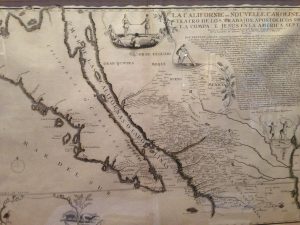
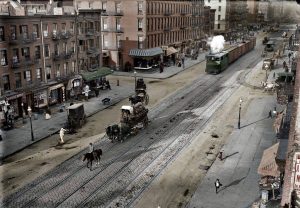
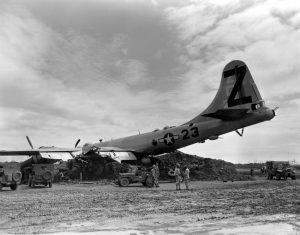

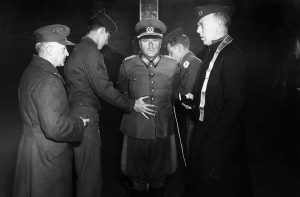
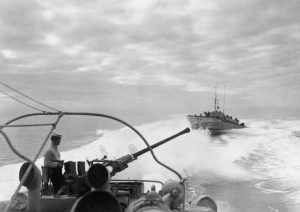
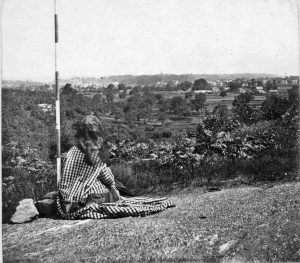
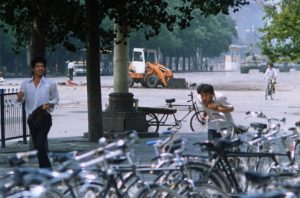
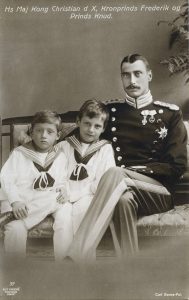
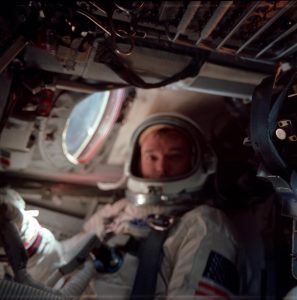
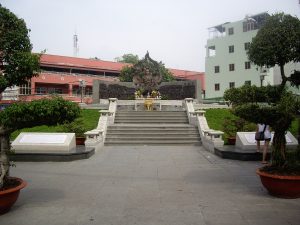
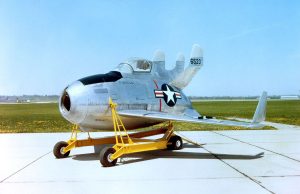
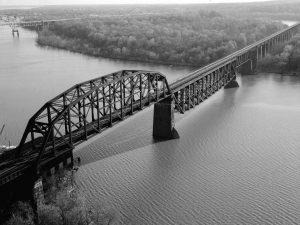
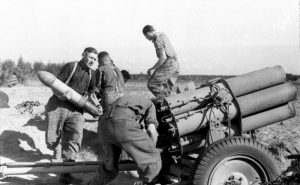
![Geometry Students, Amherst College, c. 1885-7 [os]](https://www.curiositastube.com/wp-content/uploads/2024/03/10606-300x247.jpg)
